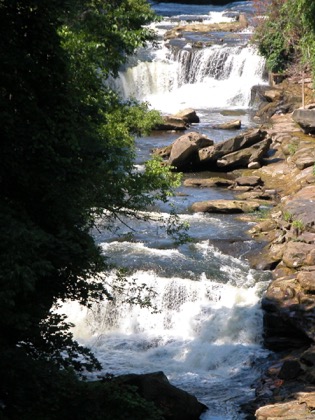The city of Cuyahoga Falls is located at the southernmost point of the Cuyahoga River. The river begins its journey roughly 40 miles to the north. Near Akron the river encounters an escarpment which forces it back north. The 100 mile long river ends in Lake Erie roughly 30 miles from where it started. The river drops a total of 800 feet and a lot of this happens in the Cuyahoga Falls area. Although the river was unable to carve completely through the escarpment, it carved a deep and impressive gorge that contained a series of falls. The city was named for the Big Falls and Little Falls of the Cuyahoga. In many cities named after waterfalls a dam has replaced the waterfall. This partially happened here. The Little Falls remains, but the Big Falls has been drowned behind a dam.
The Little Falls is located right in downtown Cuyahoga Falls and is at the head of one of the most impressive stretches of the Gorge. Unfortunately there is a major freeway on one side of the gorge, and a large hotel on the other, so getting a closeup views of the falls is not easy. There is an old bridge at the end of Prospect Avenue from which you can get a nice but distance view of the falls, and a very nice view of the gorge downstream of the falls. There is apparently a restaurant in the hotel from which you can get a closer view of the falls. From the street you can get a close view of the small dam just above the falls but not of the falls themselves.
The dam and remnants of Big Falls are located in Gorge Metropark just a mile south of the Little Falls. Here trails follow the edge of the gorge and lead to a lookout of the dam. With some effort you can get down to the base of dam and cascades. The original Big Falls was not as high as the current dam, but if it was considerably bigger than the Little Falls it must have been quite impressive.
The Glens trail starts at Gorge Metropark and follows the river upstream. Unfortunately it stays near the rim and does not reach the real interesting part of the gorge nor get anywhere near the Little Falls. With some work you can get down to the river level opposite 100' high cliffs, but working your way upstream to the falls would be very difficult and probably very dangerous.
Highway 8/59 runs right along side of the Cuyahoga gorge. To visit the falls exit on Broad Boulevard, cross the river and take a left on Front Street. The Little Falls are behind the hotel on your left. Prospect Ave, a short dead end street on this side of the river, is past the hotel on the left. If you continue south on Front Street you will find the entrance to Gorge Metropark on your right just before the road crosses the Cuyahoga.
The severely polluted Cuyahoga River caught fire in 1969, and a couple times in earlier decades as well. The fire in 1969 was one of the events which sparked the passage of the Clean Water Act. The river has made a remarkable recovery since. There has been some serious dam removal efforts along the river, and even some talk of restoring Big Falls, although currently that seems to be mostly wishful thinking.
The Big Falls was known as Coppacaw Falls by the Native Americans.
[Cleveland Area] Nearby Falls
Brandywine Falls and the other waterfalls of Cuyahoga Valley National Park are only 20 minutes to the north. Mill Creek Falls and the Great Falls of Tinker Creek are another 20 minutes beyond that. These falls are much more accessible than the falls in Cuyahoga falls. The Cuyahoga River does have the advantage of carrying a lot more water in the summer than the other falls in the area.
Photo Gallery
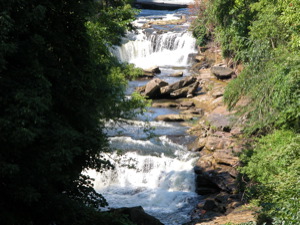 |
 Dam behind Hotel above Little Falls |
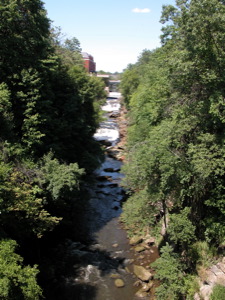 View of Falls from Bridge |
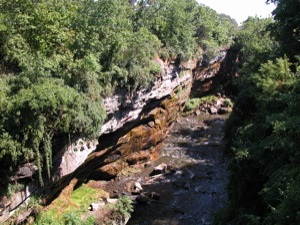 View of Gorge from Bridge |
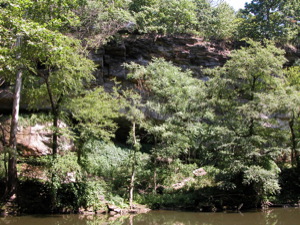 In the Gorge |
 Glens Trail |
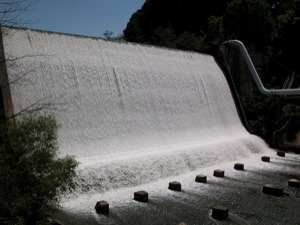 The Dam |
 Remnant of Big Falls |
This page has been accessed
150201 times.
Last Modified:
Sunday, 21-Jan-2018 14:11:13 MST.




